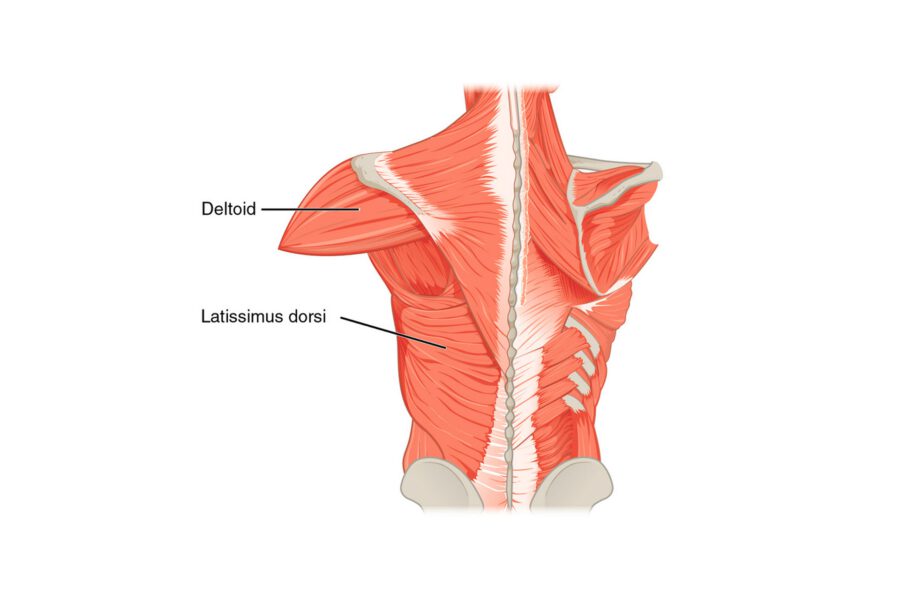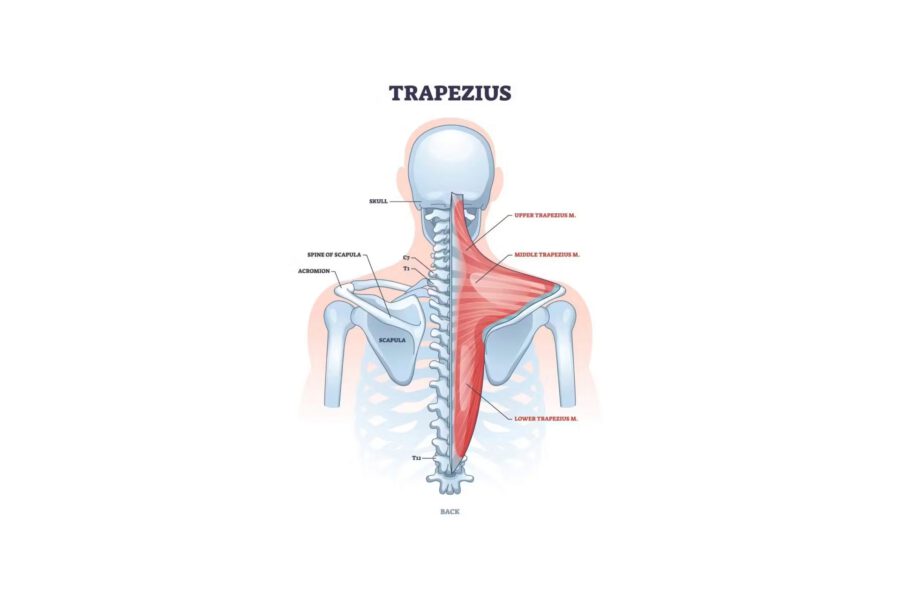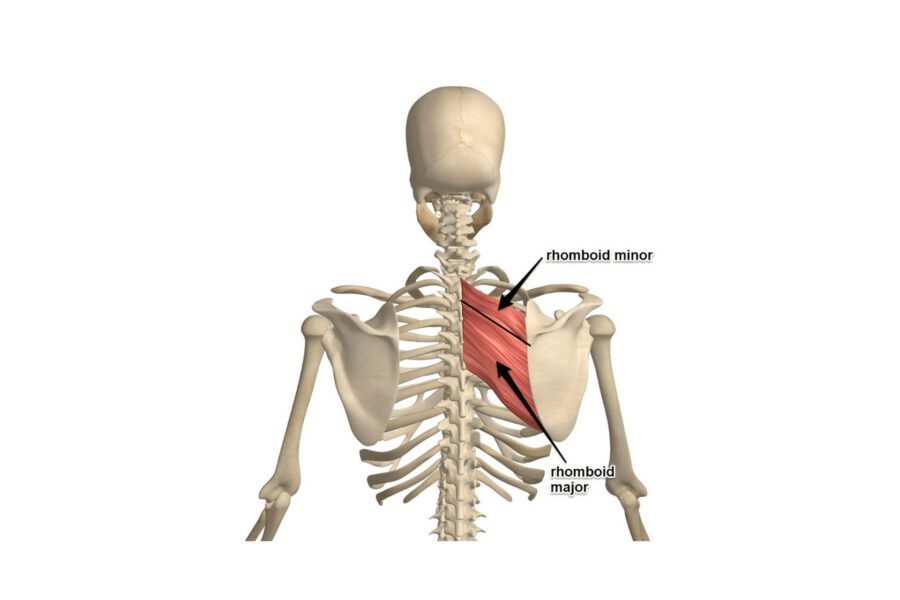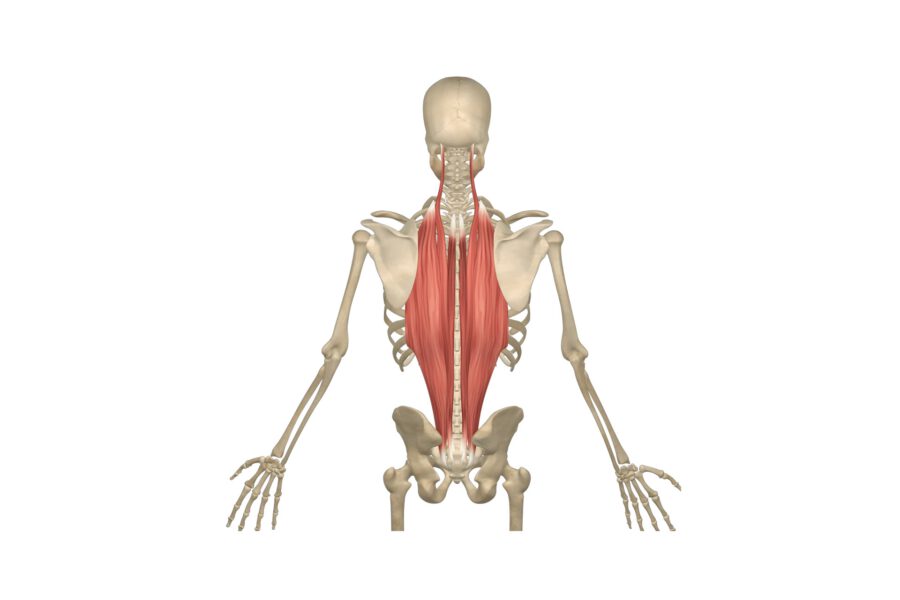5 Best and Worst Back Exercises to Optimize Your Workouts
A strong, well-trained back is the foundation of overall physical fitness. It is responsible for keeping your spine stable, giving you a confident posture, strength for dynamic movements, and everyday functionality.
However, the back is not a single muscle but a complex network of muscle groups, each requiring targeted attention for optimal development.
That being said, we have compiled the worst and best back exercises out there to help you in your fitness journey. Beyond aesthetics, everyone can benefit from having a strong back and preserve their mobility throughout life.
This article will dive deep into the science of back exercises and what exercise you can apply in your workout program.
The back is composed of different muscle groups working together to keep the spine stable and prepared to generate the force required for everyday actions or explosive movements needed for sports and other athletic activities.
The exercises listed below may target other muscle groups but they primarily target the major muscles of the back, such as latissimus dorsi, trapezius, rhomboids, erector spinae, and multifidus.
We categorized the worst exercises based on their limited ability to engage the target muscle, limitation of progressive overload, and increased risk of injury.
We’ve chosen the best exercises based on their ability to carry over their benefits to functional movements and ability to engage the muscle groups effectively, maximize the range of motion, and ability to overload progressively.
The lats are the largest muscles in the upper body, which are primarily responsible for bringing the arms closer to the body.
A well-developed lats contributes significantly to the “V-taper” physique in the back and is crucial for pulling movements such as rowing and swimming.
This lat pull-down variation puts excessive stress on the shoulder joints and rotator cuff muscles while putting the neck in an awkward position. More importantly, it limits the range of motion, greatly reducing the exercise's effect on the lats.
If you have mobility concerns in the shoulder joint, this exercise can be highly uncomfortable.
Simply put, there are tons of better exercises out there that target the lats without putting yourself at risk of injuries.
These exercises effectively target the lats by activating the whole muscle segment during full-range motions.
Pull ups:
Lat pull-downs:
For more advanced lifters, these exercises can easily be progressively overloaded by adding weight or increasing repetitions.
Plus, it improves upper body strength and stability, which translates to functional movements and athletic performance.
Other great exercises for the lats:
- Wide-grip lat pull-down
- Neutral grip lat pull-down
- One-arm lat pull-down
- Wide-grip pull-ups
- Neutral grip pull-ups
- Cross-body one-arm lat pull-down
- Chin-ups
- Cable lat prayers
- DB pullovers
Traps are one of the most noticeable back muscles, extending to the shoulders and neck. They work with other muscle groups of the back to maintain proper posture and stabilize the shoulder blades.
High loads of upright rows, especially when performed with a narrow grip, can lead to impingement syndrome on the shoulder joint.
This functional exercise engages the entire trapezius muscle, especially the middle and lower portions, which are often overlooked by beginners.
In addition, this exercise has a carryover effect on functional tasks such as carrying heavy equipment, groceries, and hanging due to its strengthening effect on grip strength and core stability.
Other great exercises for the traps:
- Meadows row
- Cable rows
- Wide grip cable row
- Face pulls
The rhomboids are located beneath the traps and connect the shoulder blades to the spine. A well-trained rhomboid prevents rounding of the shoulders and enhances overall posture.
This exercise encourages kyphotic posture, the typical tight posture seen in people with desk jobs who lack upper body mobility. Although the exercise targets the mid-back areas, it does a poor job of engaging the rhomboids.
Aside from the limited range of motion this exercise permits, the overall movement encourages the rounding of the spine during heavier loads, which leads to an increased risk of lower back strain and disc herniation.
This exercise explicitly targets the rhomboids, middle trapezius, and rear deltoids, which are often undertrained or underdeveloped in typical exercise routines. It strengthens posture by activating muscles responsible for scapular retraction.
It also allows progressive overload in various grip options (pronated, supinate, or neutral) and can be performed with dumbbells, barbells, or resistant bands, making it versatile and even at home.
More importantly, it provides balance between the strength of the upper back and chest muscles, which improves spinal stability and postural alignment.
Other great exercises for the rhomboids:
- Chest-supported rows
- One-arm DB row
- Kroc row
- Pendlay row
- Inverted row
Here’s a plan for men that will target your back effectively:
And for women:
Erector spinae muscles run along the length of the spine, from the lower back to the neck. They are responsible for straightening the spine and maintaining an upright posture while also contributing to the body's ability to side bend and rotate.
A sleepy erector spinae leads to chronic lower back pain and spinal instability.
Maintaining proper form in seated good mornings when lifting heavier weights is difficult. In addition, this exercise places excessive stress on the lumbar spine, which can lead to lower back injuries.
This exercise requires a high level of core stability and lower back strength, making it unsuitable for beginners.
Deadlift is a foundational compound exercise that effectively strengthens multiple posterior chain muscle groups, such as the erector spinae, gluteus maximus, and hamstrings. Training these muscle groups can directly translate to better athletic performance, leg power, and lower body strength.
Deadlift promotes proper hip hinging technique, which is crucial for maintaining a healthy lower back. It improves overall back strength, core stability, and full-body coordination.
Other great exercises for erector spinae:
Multifidus are deep, segmental muscles that run along the spine, providing additional stability to the spine, especially during load-bearing movements.
Weakness and dysfunction of this muscle are highly linked to lower back pain.
This exercise encourages the overarching of the lower back, which can exacerbate lower back pain and injuries due to compression of the lumbar spine. Despite the risk, this exercise has limited engagement of the deep spinal stabilizers, as it only targets the superficial back muscles.
This exercise targets deep spinal stabilizers, promotes core stability, and improves lower back function. In addition, the contralateral movements of the limbs make this exercise a great tool to improve mind-body connection, coordination, and balance.
Since this exercise has a low impact, anyone can perform it regardless of fitness level.
Not all exercises are created equal. Being selective with your exercises based on your fitness levels and goals is essential. A well-trained and developed back can help elevate your fitness, athletic performance, and overall physique. Training them using proven, safe, practical exercises can help you achieve your fitness goals faster.
At the end of the day, it will all come down to your personal preferences. It doesn't mean that an exercise listed as the worst exercise won't provide you with tons of benefits. Every individual is unique, with different fitness levels, goals, and physical limitations.
What may be labeled the "worst" exercise for the general population could benefit a specific person or athlete.






